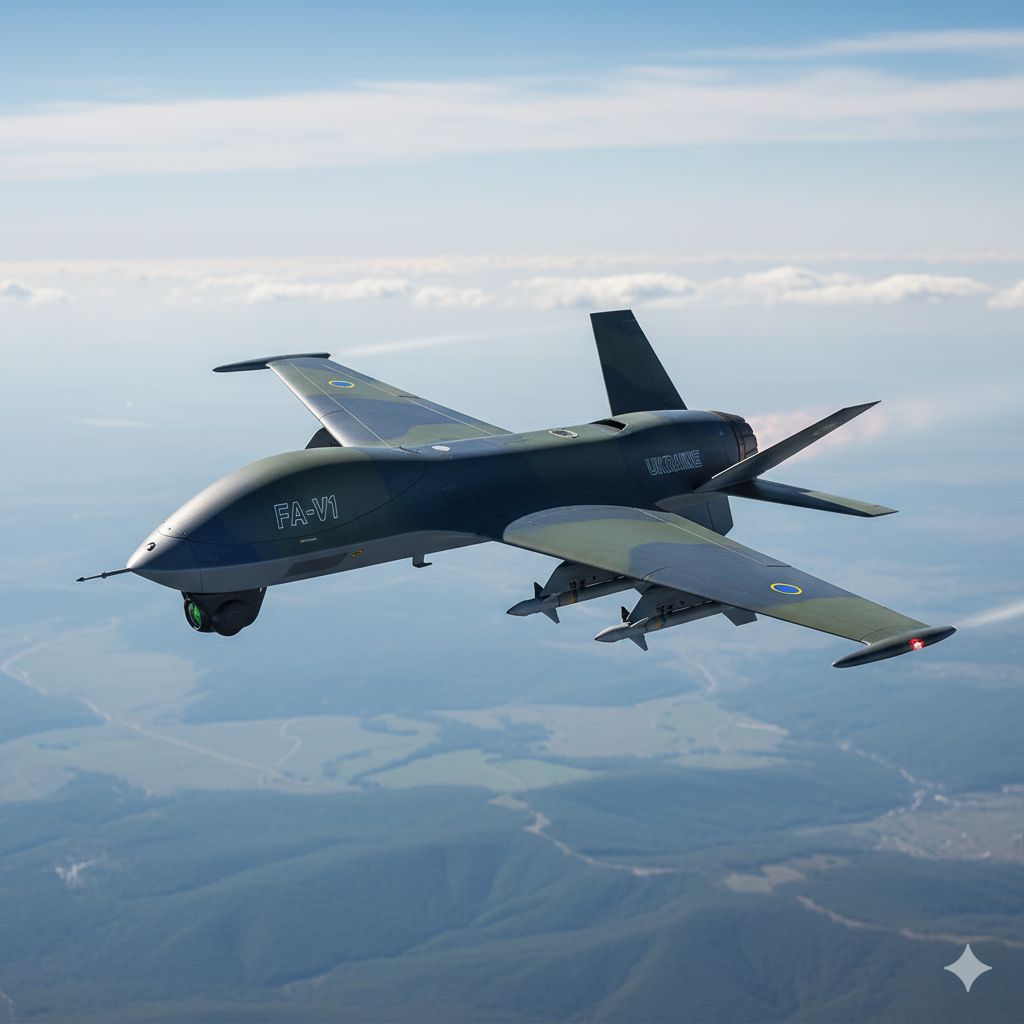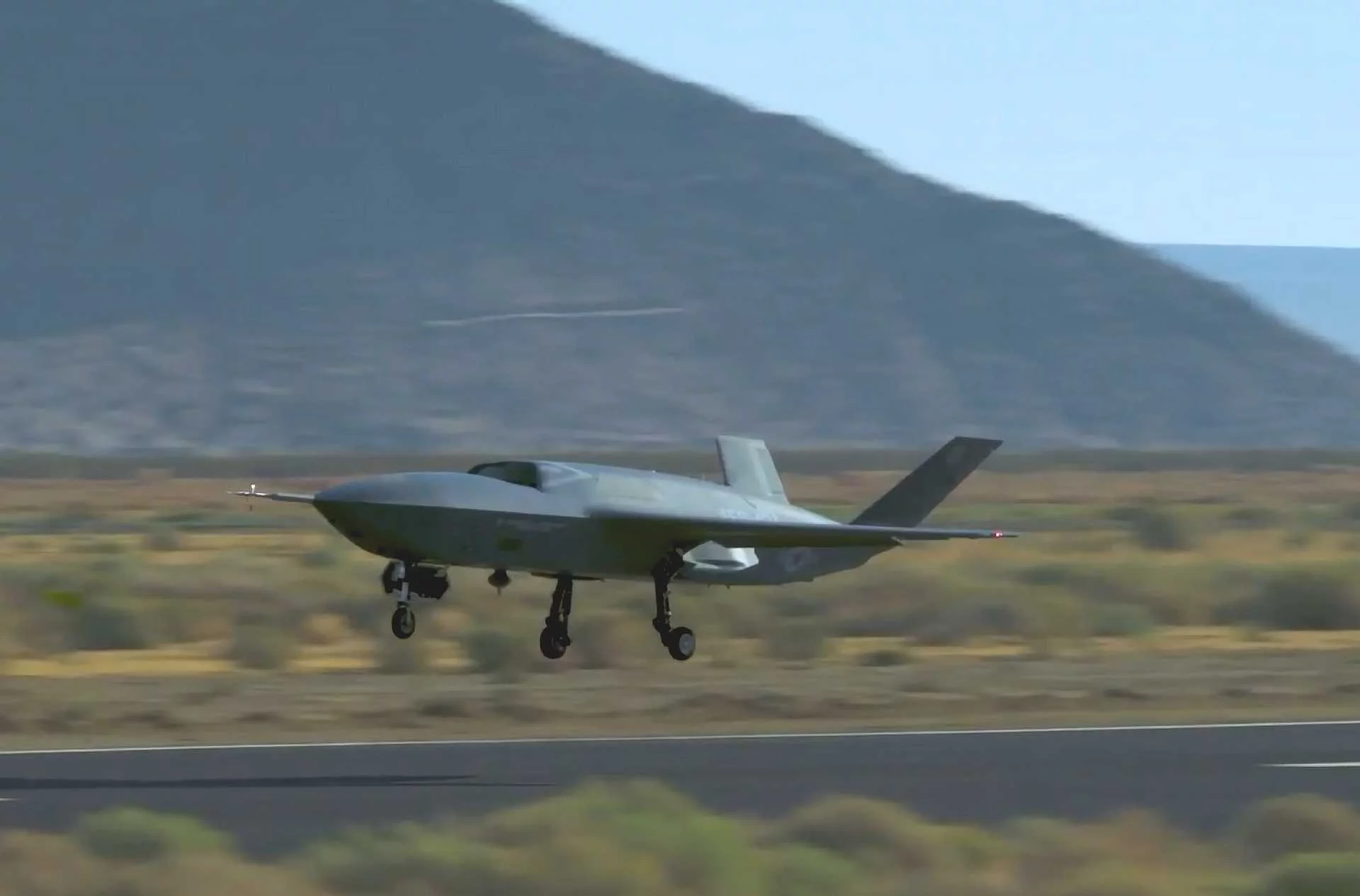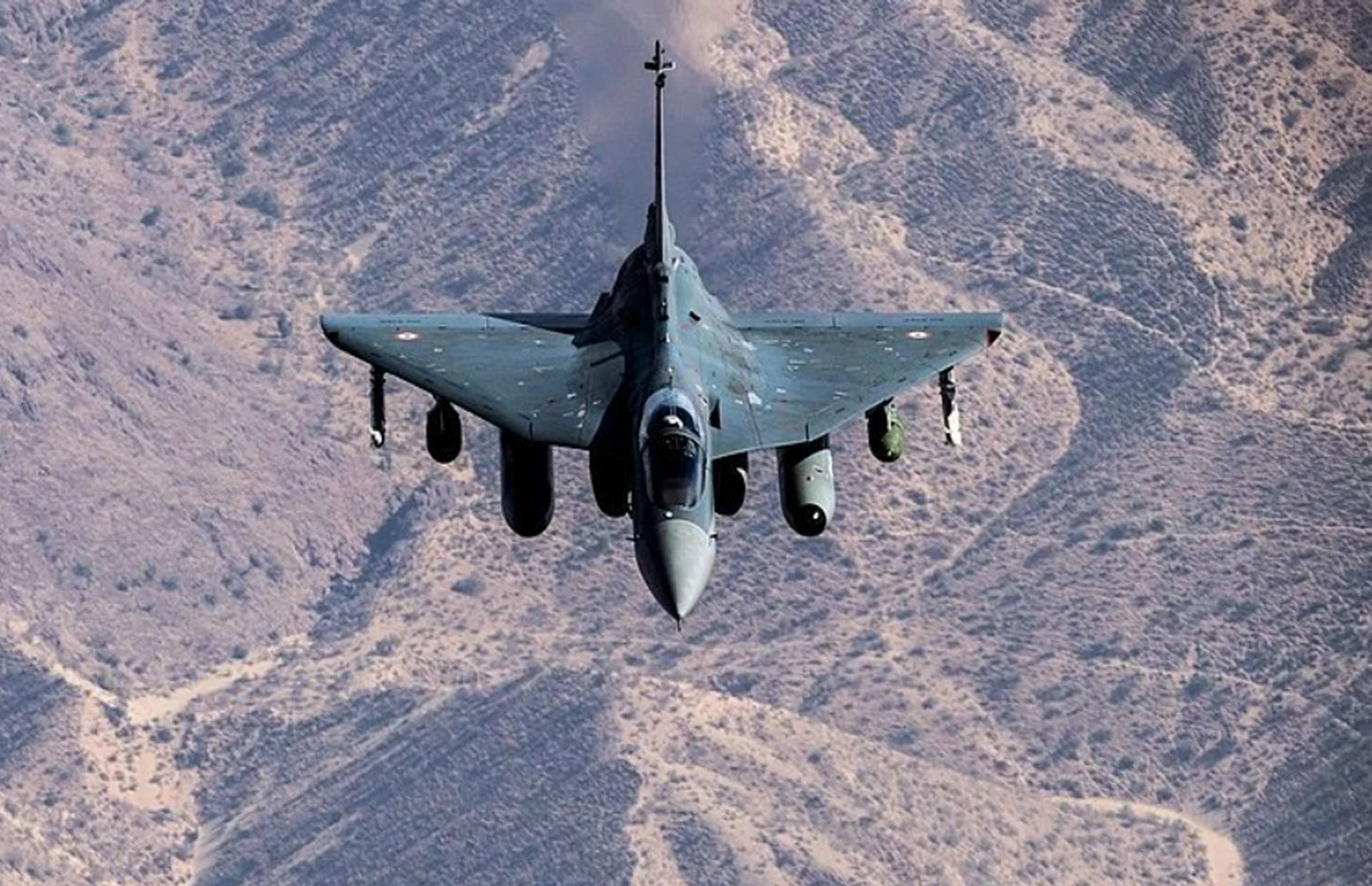In a highly visible and strategically charged maneuver, U.S. Air Force B-1B Lancer strategic bombers have reportedly conducted training exercises over the Caribbean Sea. While framed as routine freedom of navigation operations and demonstrations of reach, the presence of these powerful long-range strike platforms in the immediate vicinity of Venezuela sends an unmistakable signal amidst escalating political and economic tensions involving the South American nation. This deployment is widely interpreted as a deliberate projection of U.S. air power, designed to deter, warn, and potentially underscore the capability for strikes against Venezuelan targets should a crisis escalate.
The B-1B Lancer, often referred to as the “Bone,” is a supersonic, long-range heavy bomber capable of carrying a massive payload of conventional weapons. Its ability to fly at high subsonic speeds at low altitudes, combined with its variable-sweep wing design, allows it to penetrate sophisticated enemy air defenses and deliver precision munitions from a considerable stand-off range. The B-1B’s presence in the Caribbean is not just about showing the flag; it’s about demonstrating a credible, rapid-response strike capability that can be brought to bear thousands of miles from U.S. mainland bases.
The timing and location of these exercises are crucial. Venezuela has been embroiled in a protracted political and economic crisis, marked by widespread instability, human rights concerns, and a significant exodus of its population. The U.S. has repeatedly expressed concerns over the Venezuelan government’s actions, imposing sanctions and supporting opposition efforts. Furthermore, Venezuela’s increasingly close ties with nations like Russia, China, and Iran are viewed with suspicion by Washington, which sees these relationships as potentially destabilizing influences in the Western Hemisphere.
The deployment of B-1B bombers serves multiple strategic purposes:
- Deterrence and Warning: It sends a strong message to the Venezuelan government that the U.S. possesses the capability and willingness to project force if its interests or regional stability are severely threatened. This can act as a deterrent against further destabilizing actions.
- Demonstration of Reach: The B-1B’s long-range capabilities underscore that no country in the hemisphere is beyond the reach of U.S. air power, even without the immediate presence of forward bases.
- Training and Readiness: These exercises allow U.S. aircrews to maintain proficiency in long-duration missions, aerial refueling, and operating in different geographical environments, ensuring a high state of readiness.
- Assurance to Allies: The presence of powerful U.S. assets reassures regional allies and partners who share concerns about Venezuela’s trajectory and potential for instability.
- Intelligence Gathering: While not their primary role, bomber deployments often involve associated intelligence, surveillance, and reconnaissance (ISR) assets that can gather valuable information on the ground, air, and maritime activities in the region.
The specific mention of “possible strikes on Venezuela” in the reporting highlights the seriousness of the implicit message. While U.S. officials typically frame such exercises as defensive or for maintaining freedom of navigation, the B-1B’s primary function is offensive strike. Its presence undeniably raises the specter of military intervention, a card that the U.S. has historically been reluctant to play in Latin America but has not entirely removed from the table in extreme circumstances.
Any potential military action against Venezuela would be fraught with complex political, ethical, and logistical challenges. However, the B-1B deployment signals that the capability for such action exists, and that the U.S. is prepared to demonstrate it. This serves as a significant psychological pressure tactic, designed to influence the calculus of decision-makers in Caracas and to underscore the gravity of the situation. The skies above the Caribbean, therefore, are not just a training ground; they are a stage for strategic signaling in a region ripe with tension and uncertainty.




